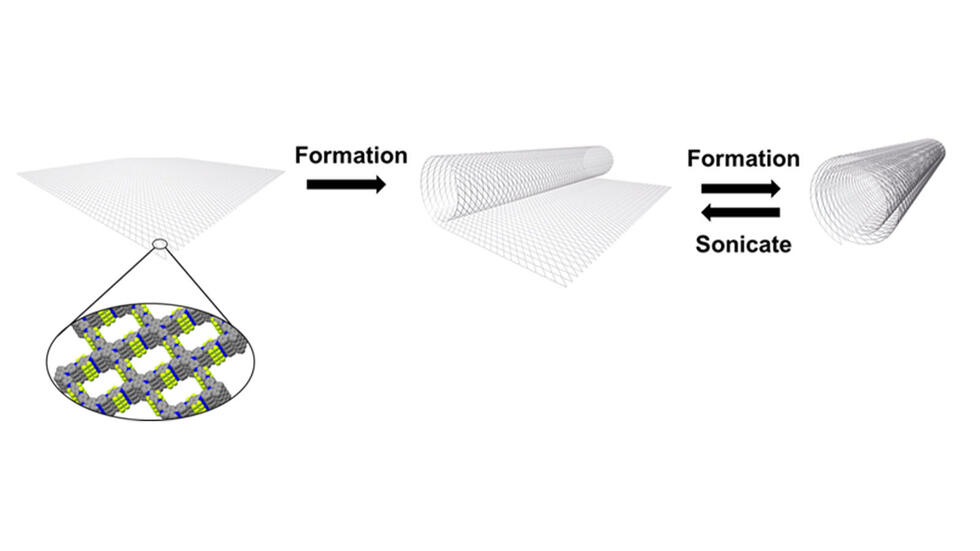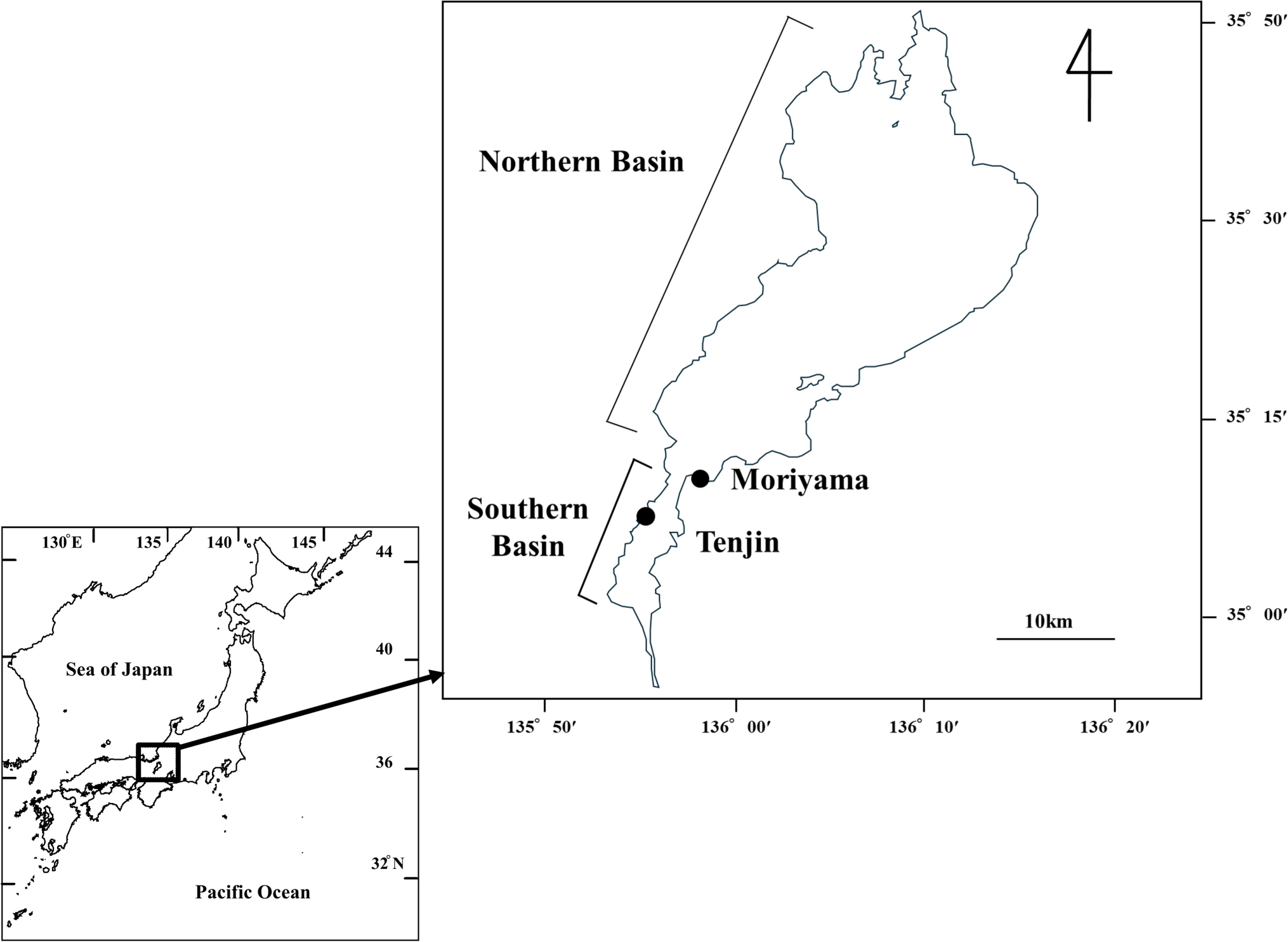2025-04-17 総合科学研究機構,株式会社豊田中央研究所,日本原子力研究開発機構,J-PARCセンター

新評価方法で定量化された燃料電池触媒層内の水分布の様子
<関連情報>
- https://www.jaea.go.jp/02/press2025/p25041701/
- https://www.sciencedirect.com/science/article/abs/pii/S1385894725021424
固体高分子形燃料電池の触媒層内におけるアイオノマー中の閉じ込め水分布: 中性子小角散乱による研究 Confined water distribution in the ionomer within the catalyst layers of polymer electrolyte fuel cells: A small-angle neutron scattering study
Hiroki Iwase, Hiroshi Arima-Osonoi, Masashi Harada, Takayuki Kumada
Chemical Engineering Journal Available online: 6 March 2025
DOI:https://doi.org/10.1016/j.cej.2025.161321
Highlights
- A new analytical method quantifies water in PEFC catalyst layer ionomers using SANS.
- The water within the catalyst layer Ionomers increases linearly with humidity from 40% RH.
- Catalyst layers bind water more strongly than PEM, as shown by TR-SANS.
- The water behavior within the catalyst layer ionomers affects PEFC performance.
- The water behavior within the catalyst layers ionomers resembles GDLs more than PEM.
Abstract
The humidity dependence of the structure of catalyst-coated membranes in polymer electrolyte fuel cells (PEFCs) was investigated using small-angle neutron scattering (SANS). The new analytical method, based on structural parameters derived from SANS data, was proposed to quantify the water volume in the ionomer within the catalyst layers. The results showed that the water volume in the ionomer linearly increases with humidity from an intermediate humidity (50 % RH), reaching values similar to those observed in the polymer electrolyte membrane (PEM) at 80 % RH, which has a water content comparable to that of a commercial perfluorinated sulfonic acid. Time-resolved SANS combined with H2O/D2O exchange reveals that the catalyst layer binds water more strongly than the PEM. The proposed method revealed that water volume in the ionomers within the catalyst layers of an operating PEFC (80 °C, 80 % RH) increased with the increase in the current density, affecting its PEFC performance. The water behavior in the catalyst layers was closer to that of the water distribution in the gas diffusion layers than that in the PEM. The proposed method can be applied to various structures, which can enhance the performance of future PEFCs.



